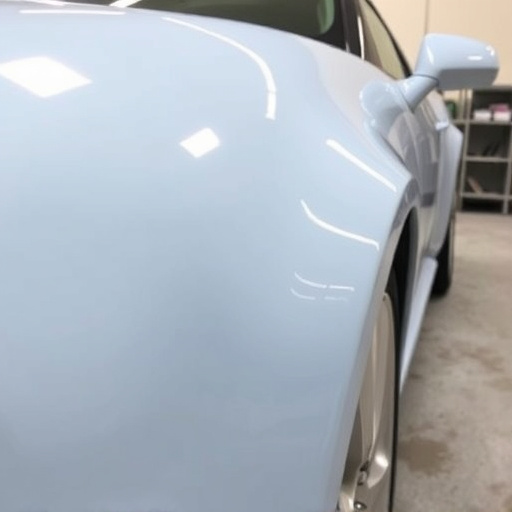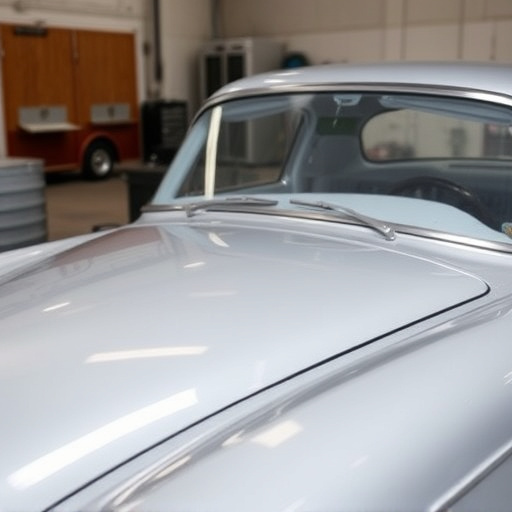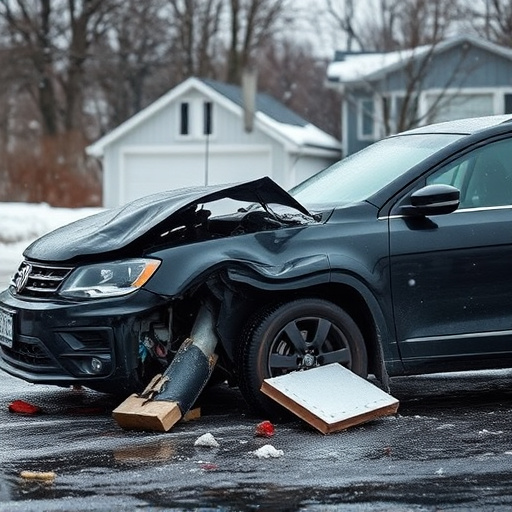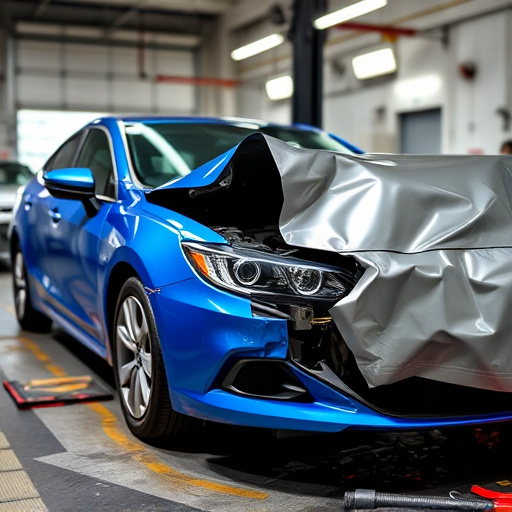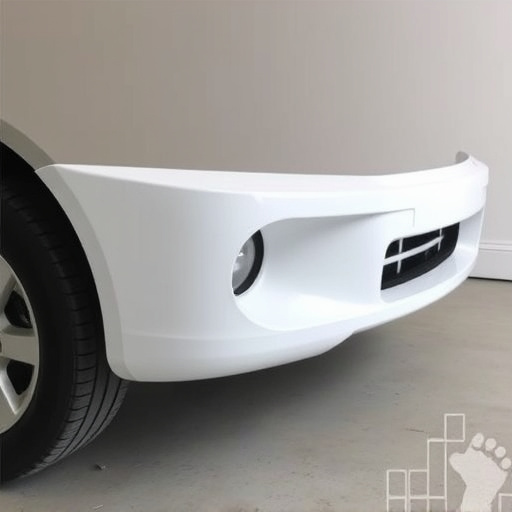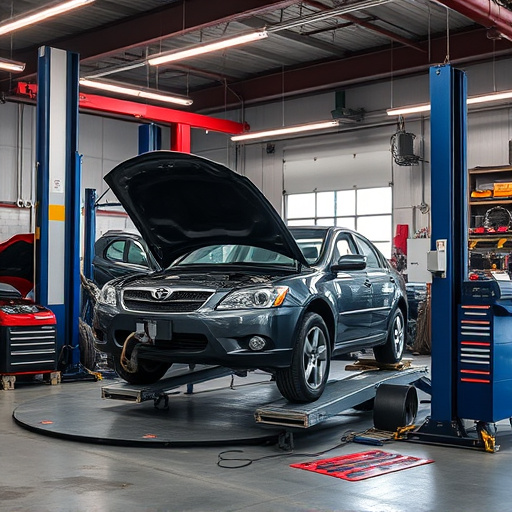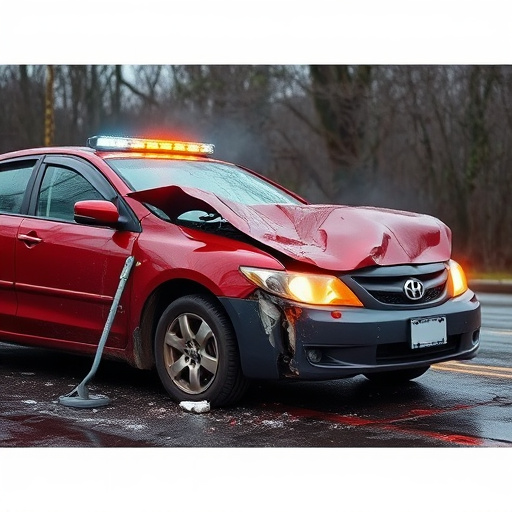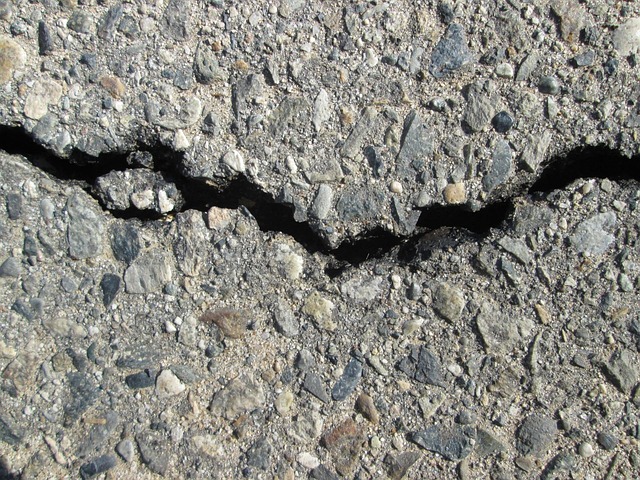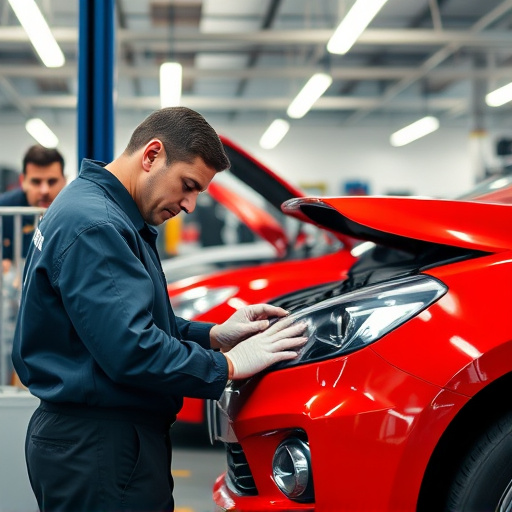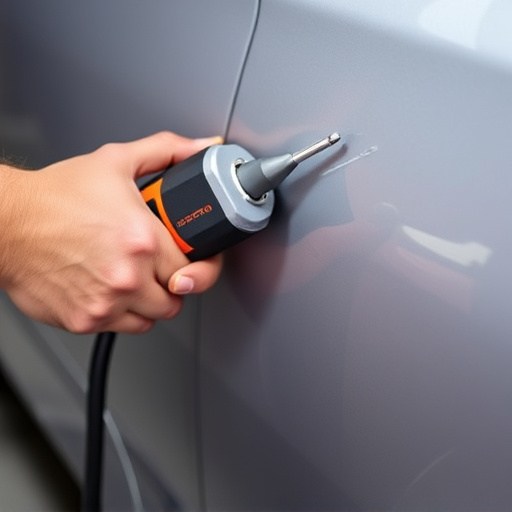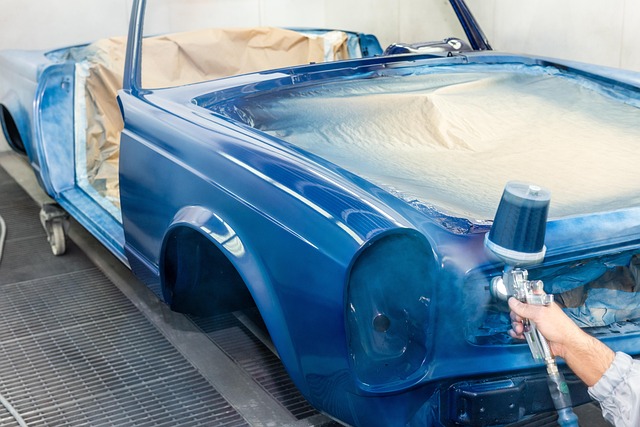Tesla's advanced paint thickness measurement technology is a game-changer in automotive repair. It accurately distinguishes between original and repaired vehicle panels, crucial for assessing structural integrity after collisions. Using precise sensors, it detects subtle variations in paint depth, ensuring high-quality repairs that meet manufacturer standards. Comparisons show significant differences between factory panels, uniform due to meticulous manufacturing processes, and repaired panels, which vary based on repair techniques. This technology empowers professionals with data for informed decisions, minimizing waste, delivering seamless finishes, maintaining aesthetic appeal, and enhancing overall repair accuracy, benefiting both manufacturers and customers.
Tesla paint thickness measurement is a cutting-edge technology that offers valuable insights into the condition of vehicle panels. This innovative technique allows for precise evaluation, distinguishing between factory-original and repaired surfaces. By understanding Tesla paint thickness measurement, enthusiasts and professionals can ensure optimal repair and maintenance practices, enhancing the vehicle’s aesthetics and structural integrity. Uncover key differences and the impact of accurate data in this comprehensive guide.
- Understanding Tesla Paint Thickness Measurement
- Factory vs. Repaired Panels: Key Differences
- The Impact of Accurate Paint Thickness Data on Repair and Maintenance
Understanding Tesla Paint Thickness Measurement
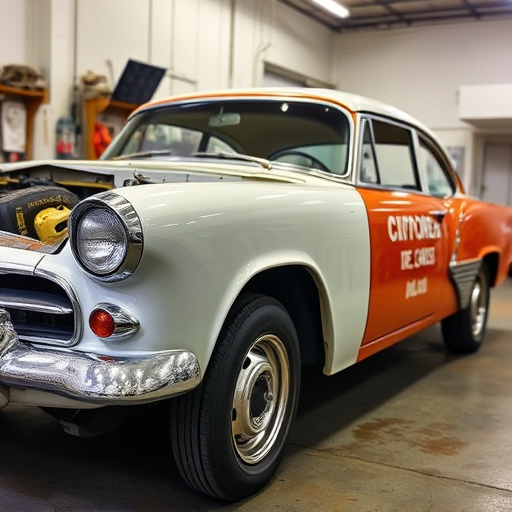
Tesla paint thickness measurement is a cutting-edge technology that plays a pivotal role in distinguishing between factory-original panels and those repaired due to fender repair or vehicle collision repair. This innovative method utilizes advanced sensors and calibrated tools to gauge the depth of paint on a car’s surface, providing an accurate indication of its structural integrity. By comparing the measured thickness to predetermined benchmarks, professionals can identify areas that have undergone car damage repair or require additional scrutiny during the restoration process.
The precision of Tesla paint thickness measurement ensures that even subtle variations in the paint layer are detected, which is particularly crucial when dealing with intricate vehicle collision repair scenarios. This data-driven approach allows for more effective decision-making, enhancing the overall quality of fender repair and ensuring that every panel meets the stringent standards set by the manufacturer. Whether it’s a minor scrape or a significant crash, understanding paint thickness measurement helps in delivering top-notch car damage repair outcomes.
Factory vs. Repaired Panels: Key Differences

When comparing factory panels to repaired ones using a Tesla paint thickness measurement, several key differences emerge. Factory panels, produced during the original manufacturing process, typically exhibit uniform paint thickness, ensuring a seamless and professional finish. This uniformity is a result of advanced machinery and strict quality control measures implemented by car manufacturers like Tesla.
In contrast, repaired panels often display variations in paint thickness due to the nature of the repair process. Auto repair near me facilities use various techniques to fix damaged areas, which can lead to inconsistent thicknesses. While these repairs aim to restore the panel’s integrity, the final look may differ from the original factory finish, especially when it comes to mercedes benz repair or other high-end vehicles known for their meticulous craftsmanship and attention to detail.
The Impact of Accurate Paint Thickness Data on Repair and Maintenance

Accurate Tesla paint thickness data is invaluable for both factory-level production and post-accident car body repair and restoration processes. Knowing the precise paint thickness enables professionals in car body shops to make informed decisions regarding panel replacement or repairs, ensuring that each component receives the correct treatment. This level of precision minimizes wastage during car body restoration, as well as guarantees a seamless finish that maintains the vehicle’s original aesthetic appeal.
Moreover, Tesla paint thickness measurement plays a crucial role in maintaining quality control and consistency across all panels on a given vehicle model. By comparing repaired panels to factory standards using this data, car body shops can identify areas where additional attention is required, enhancing overall repair accuracy and customer satisfaction.
Tesla paint thickness measurement plays a crucial role in distinguishing between factory-produced panels and repaired ones. By accurately gauging the paint’s depth, professionals can ensure top-quality repairs and maintain the original aesthetic of Tesla vehicles. This innovative technique not only facilitates more precise bodywork but also enhances customer satisfaction by guaranteeing restored panels that seamlessly blend with factory-standard finishes.
